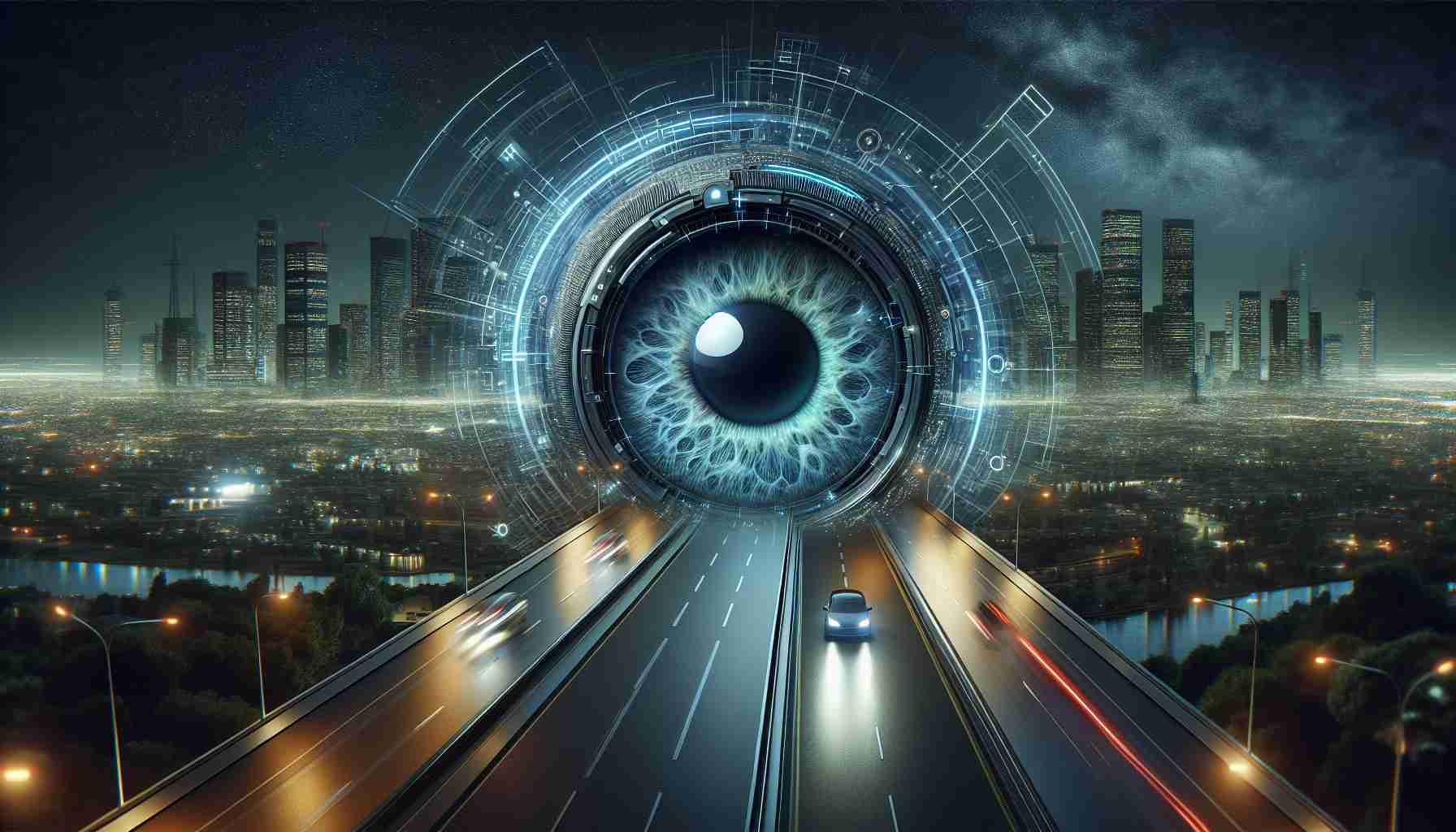- BYD Company introduces the revolutionary God’s Eye driver-assistance system as a standard feature across most models without increasing prices.
- The system has three tiers: DiPilot 600 with three LiDAR sensors, DiPilot 300 with one LiDAR sensor, and DiPilot 100 with 12 cameras and ultrasonic sensors.
- God’s Eye aims to make autonomous driving accessible to a wide range of consumers, from luxury to budget-conscious drivers.
- BYD’s move heightens competition with Tesla, NIO, Li Auto, and XPeng in the Chinese market.
- BYD’s stock sees significant growth in Hong Kong, despite trade tensions affecting performance in the U.S.
- God’s Eye is a significant step towards making cutting-edge automotive technology universally accessible.
Prepare to see a dramatic shift in the electric vehicle (EV) landscape as BYD Company, a titan in the automotive world, introduces its trailblazing God’s Eye driver-assistance system. In a bold move, BYD promises to integrate this cutting-edge technology as a standard feature across most of its models without increasing prices.
Imagine driving with the omnipresent sight of God’s Eye guiding you through every turn and obstacle. At a recent event in Shenzhen, BYD showcased this extraordinary system, unveiling its three distinct tiers designed to cater to all, from luxury car enthusiasts to budget-conscious drivers.
On the premium end, God’s Eye A, or DiPilot 600, dazzles with three LiDAR sensors, reserved for Yangwang’s opulent vehicles. The mid-tier God’s Eye B, known as DiPilot 300, boasts a single LiDAR unit, enhancing the sophistication of Denza and BYD’s flagship models. Even the affordable Seagull hatchback isn’t left out, basking in the prowess of God’s Eye C, or DiPilot 100, equipped with an impressive array of 12 cameras and 12 ultrasonic sensors.
Wang Chuanfu, the visionary founder of BYD, emphasized the importance of making autonomous driving a reality for everyone, a move that raises the stakes for competitors like Tesla, NIO, Li Auto, and XPeng in the bustling Chinese market.
As BYD’s stock soared to unprecedented heights in Hong Kong, the momentum was tempered in the U.S. by persistent trade tensions. Nonetheless, the message is clear: BYD’s God’s Eye is not just another product; it’s a game-changer, heralding a future where cutting-edge technology is accessible to all. Fasten your seatbelts; the road to the future starts now.
Will BYD’s ‘God’s Eye’ Revolutionize the Future of Driving?
Overview of God’s Eye Driver-Assistance System
BYD Company’s recent introduction of the “God’s Eye” driver-assistance system marks a significant milestone in the evolution of electric vehicles (EVs). This trailblazing technology is set to become a standard feature in most BYD models without a price increase, setting an example for automotive innovation and accessibility.
Features and Specifications of God’s Eye
– God’s Eye A (DiPilot 600): Tailored for luxury vehicles, this version includes three LiDAR sensors, providing unparalleled accuracy and safety for Yangwang’s high-end models.
– God’s Eye B (DiPilot 300): With a single LiDAR unit, it enhances mid-tier models such as Denza and BYD’s flagship vehicles.
– God’s Eye C (DiPilot 100): Even the budget-friendly Seagull hatchback benefits from 12 cameras and 12 ultrasonic sensors, democratizing advanced safety features.
Pros and Cons of BYD’s Approach
Pros:
– Accessibility: BYD’s commitment to making advanced driver-assistance systems available across various price points is commendable.
– Market Disruption: Sets a competitive benchmark for other automakers like Tesla and NIO, particularly in China’s growing EV market.
– Technological Innovation: Utilizes cutting-edge LiDAR and sensor technology to enhance safety and driving efficiency.
Cons:
– Regulatory Challenges: Potential hurdles in international markets, especially given the trade tensions affecting Chinese EVs in the U.S.
– Consumer Adaptation: Adoption will depend on consumer trust in autonomous technology, which can vary across regions.
Market Analysis and Predictions
BYD’s stock has experienced considerable growth, especially in Hong Kong, although trade tensions have curbed similar gains in the U.S. The implementation of God’s Eye is expected to attract tech-savvy consumers and could potentially lead to a broader shift towards autonomous vehicles.
Safety and Sustainability
God’s Eye emphasizes not only enhanced safety features but also underscores BYD’s focus on sustainability. By improving driving efficiency and reducing the margin for human error, BYD aims to contribute to a future of safer, more eco-friendly transportation.
Comparisons and Compatibility
When compared to other driver-assistance systems from Tesla, NIO, or XPeng, BYD’s God’s Eye stands out for its emphasis on inclusivity and comprehensive sensor integration. This could potentially set a new standard in the EV market.
Related Links for More Information
BYD’s initiative with God’s Eye not only promises to reshape expectations for driver-assistance technology but also presses the fast-forward button on the future of fully autonomous vehicles. Keep an eye out for how this innovation unfolds and potentially shifts the dynamics of the automotive industry.



















